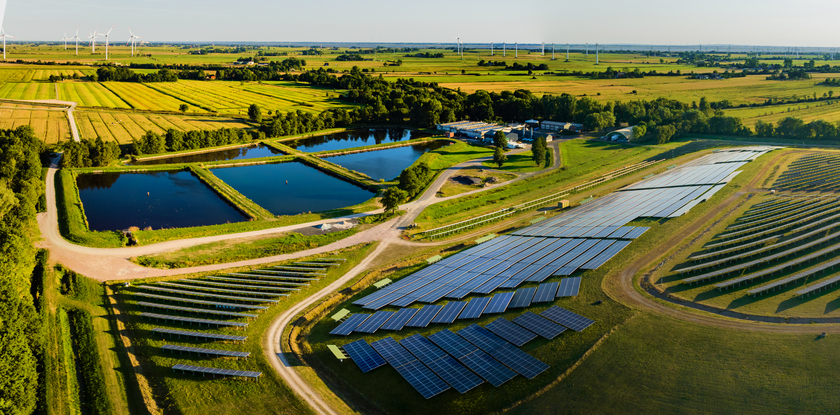News /
Revolutionary new solar cells
2022-12-21
Researchers from MIT have developed a light and flexible photovoltaic structure that could revolutionize solar technology. Their ultrathin cells, which are fabricated using printable ink-based materials, can be adhered to a composite fabric known as Dyneema for added strength.
The traditional silicon solar cells used in most installations require encasing in glass and thick aluminum framing, limiting where they can be deployed. The new MIT cells are so lightweight that they can sit atop a soap bubble and easily conform to different surfaces when affixed to the fabric backing.
Power tests of the completed device showed it was capable of generating 730 watts of power per kilogram when freestanding and about 370 watts-per-kilogram when mounted on the Dyneema. This is comparable to the 8,000 watts generated by a typical rooftop solar installation in Massachusetts.

The researchers also found the cells retained more than 90% of their initial power generation capabilities even after being rolled and unrolled over 500 times. But they cautioned that the carbon-based organic material used to make the cells could be damaged by moisture or oxygen in the air if not protected.
Funding for this research was provided by MIT Energy Initiative, U.S. National Science Foundation and Natural Sciences and Engineering Research Council of Canada. The team believes these results show promise for future applications of ultrathin, lightweight photovoltaic materials in traditional solar energy installations and beyond.
Researchers from MIT have developed a light and flexible photovoltaic structure that could revolutionize solar technology. Their ultrathin cells, which are fabricated using printable ink-based materials, can be adhered to a composite fabric known as Dyneema for added strength.
The traditional silicon solar cells used in most installations require encasing in glass and thick aluminum framing, limiting where they can be deployed. The new MIT cells are so lightweight that they can sit atop a soap bubble and easily conform to different surfaces when affixed to the fabric backing.
Power tests of the completed device showed it was capable of generating 730 watts of power per kilogram when freestanding and about 370 watts-per-kilogram when mounted on the Dyneema. This is comparable to the 8,000 watts generated by a typical rooftop solar installation in Massachusetts.

The researchers also found the cells retained more than 90% of their initial power generation capabilities even after being rolled and unrolled over 500 times. But they cautioned that the carbon-based organic material used to make the cells could be damaged by moisture or oxygen in the air if not protected.
Funding for this research was provided by MIT Energy Initiative, U.S. National Science Foundation and Natural Sciences and Engineering Research Council of Canada. The team believes these results show promise for future applications of ultrathin, lightweight photovoltaic materials in traditional solar energy installations and beyond.